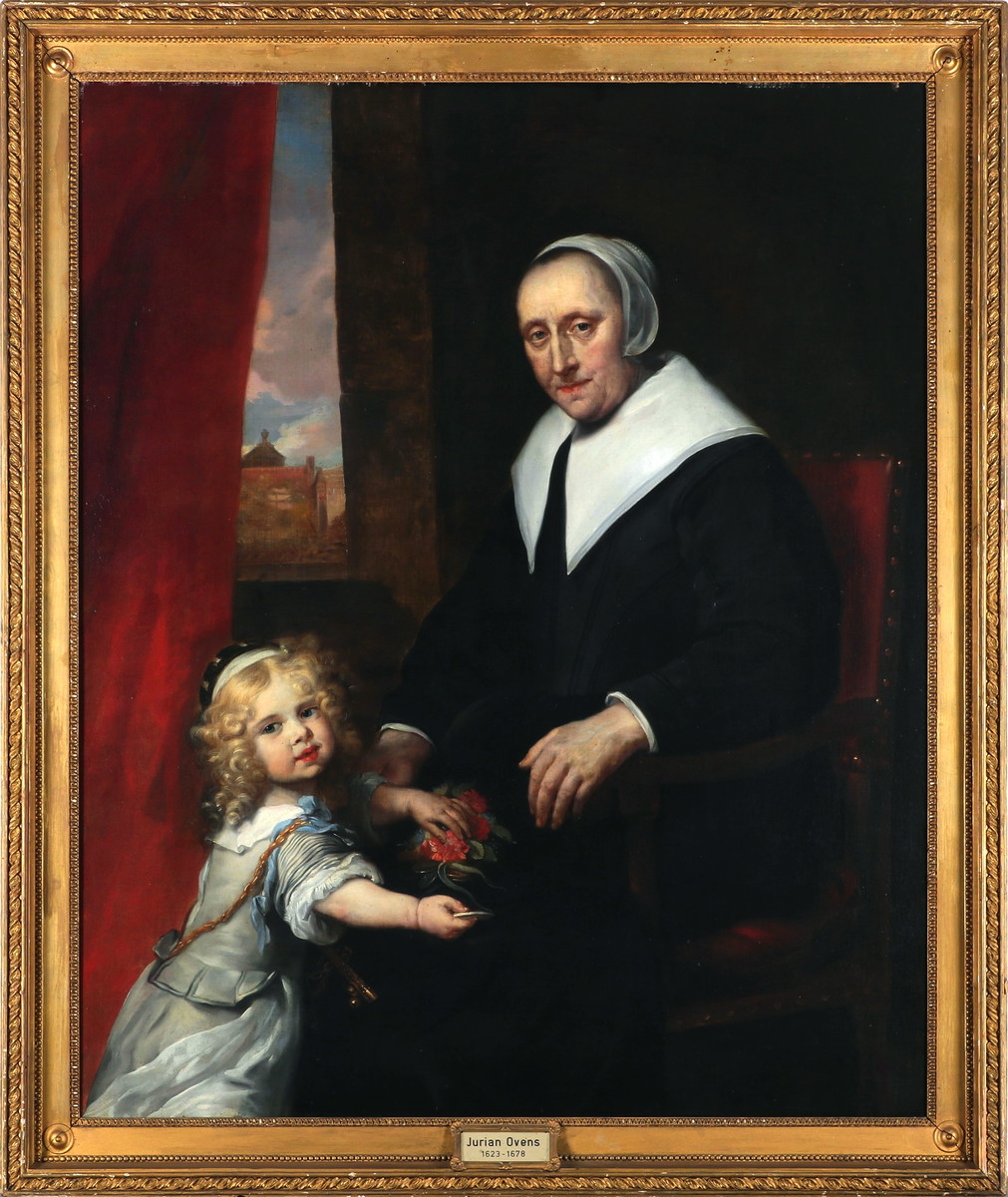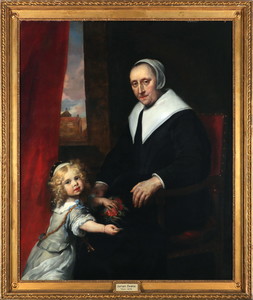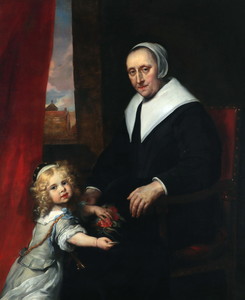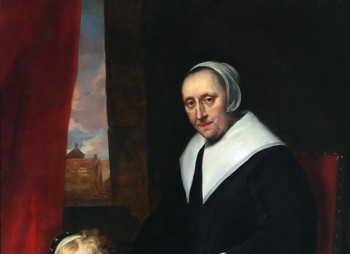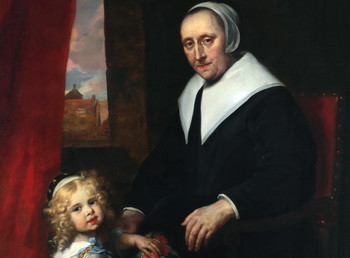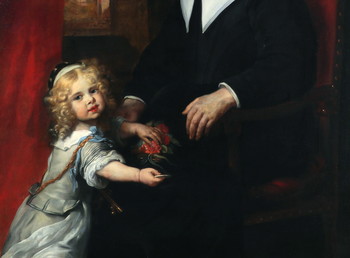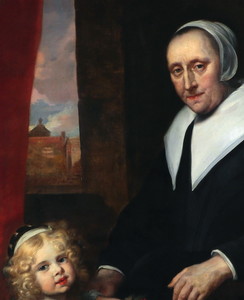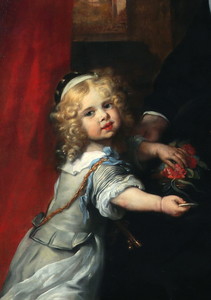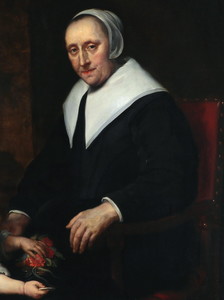Portrait of a lady seated near a window with her granddaughter
Oil on canvas : 125,3 X 103,0 cm
Unsigned
Dating from the late 1650s according to Professor Sumowski
Frame : 141,7 X 119,8 cm
Published by Werner Sumowski, 1983, “Gemälde der Rembrandt-Schüler”, Volume VI, P. 3738, Nr. 2413, full page colour photograph on page 4031
"All paintings are fully documented with texts and photographs of comparative items. All this information is removed from our website once the painting is sold".
SOLD
